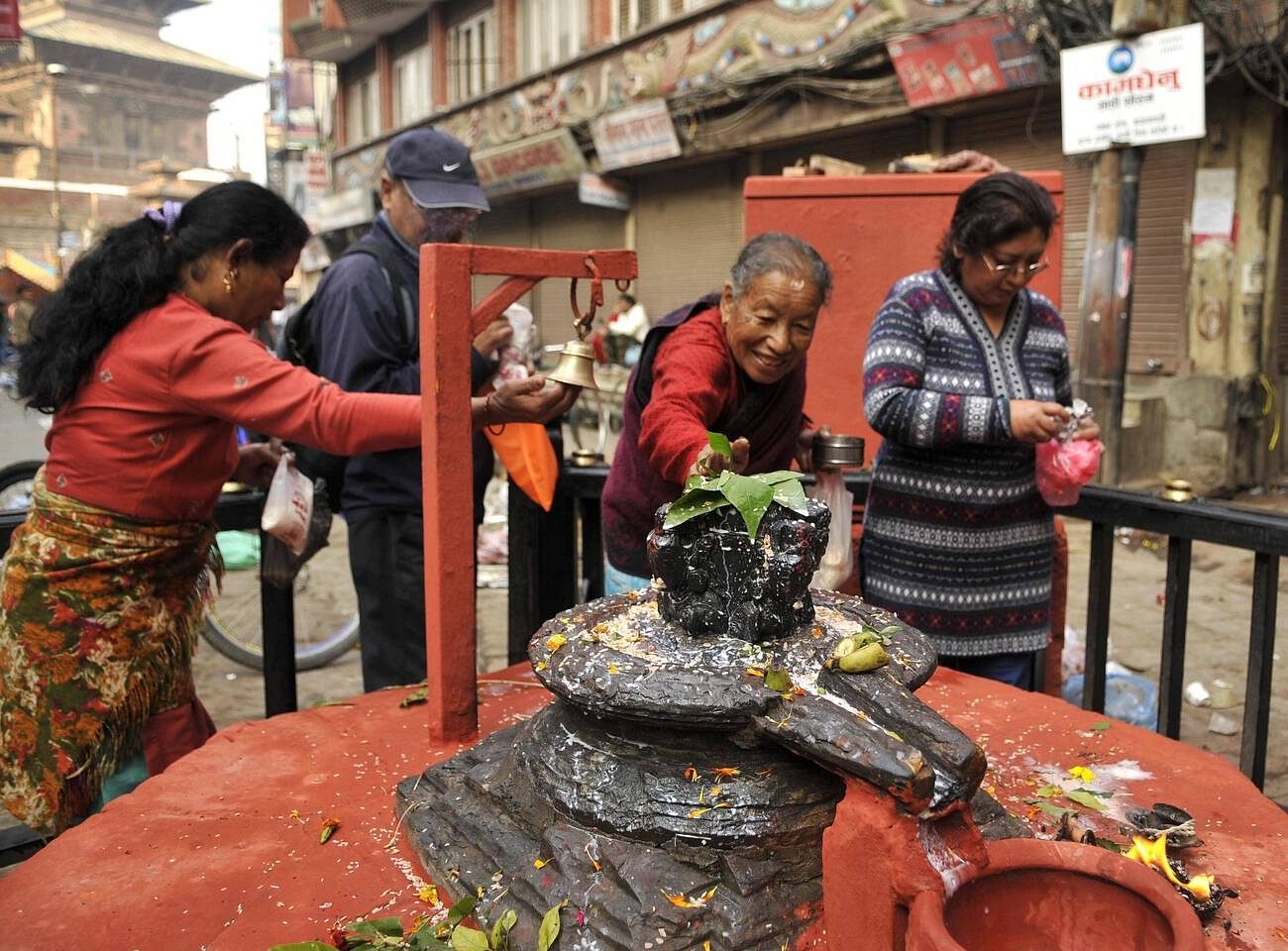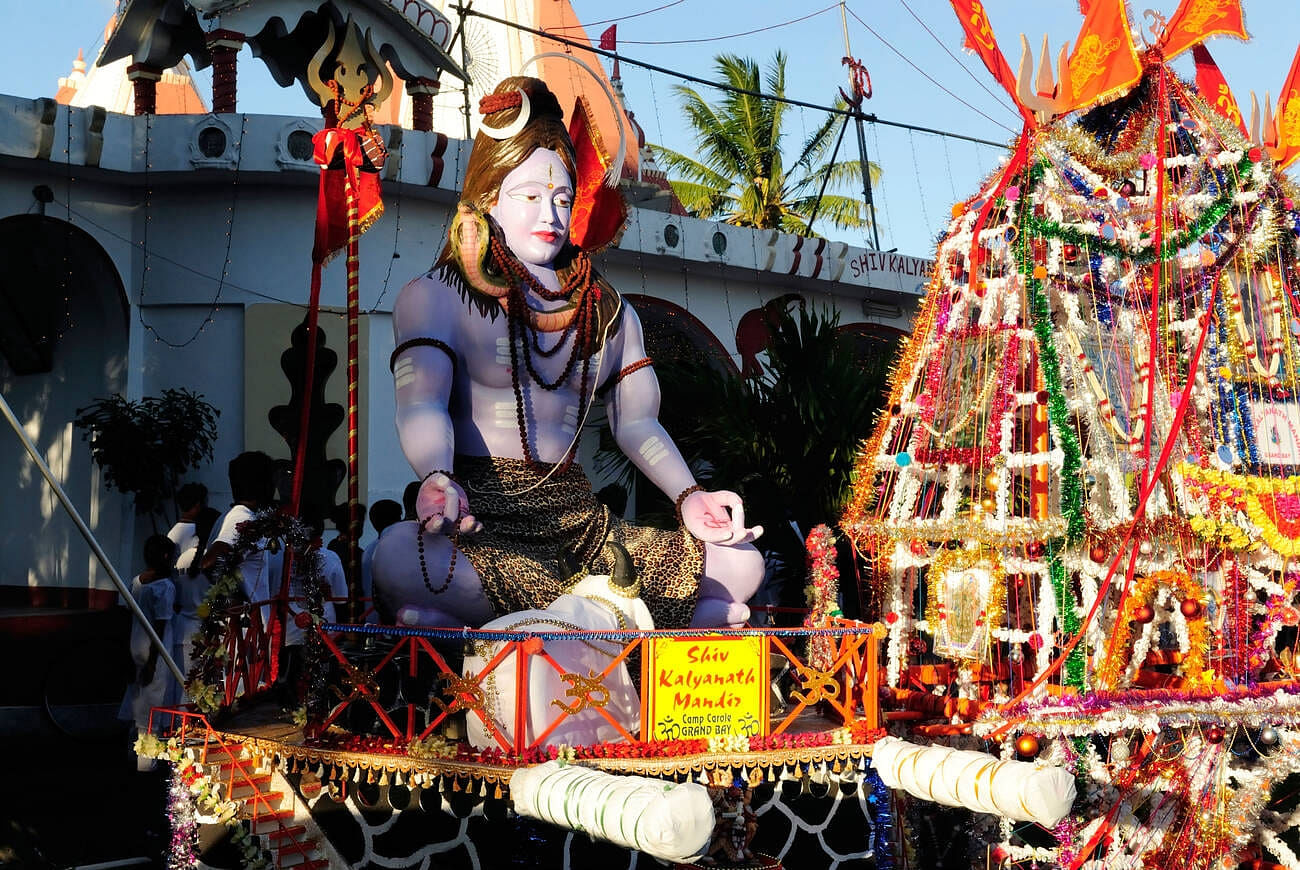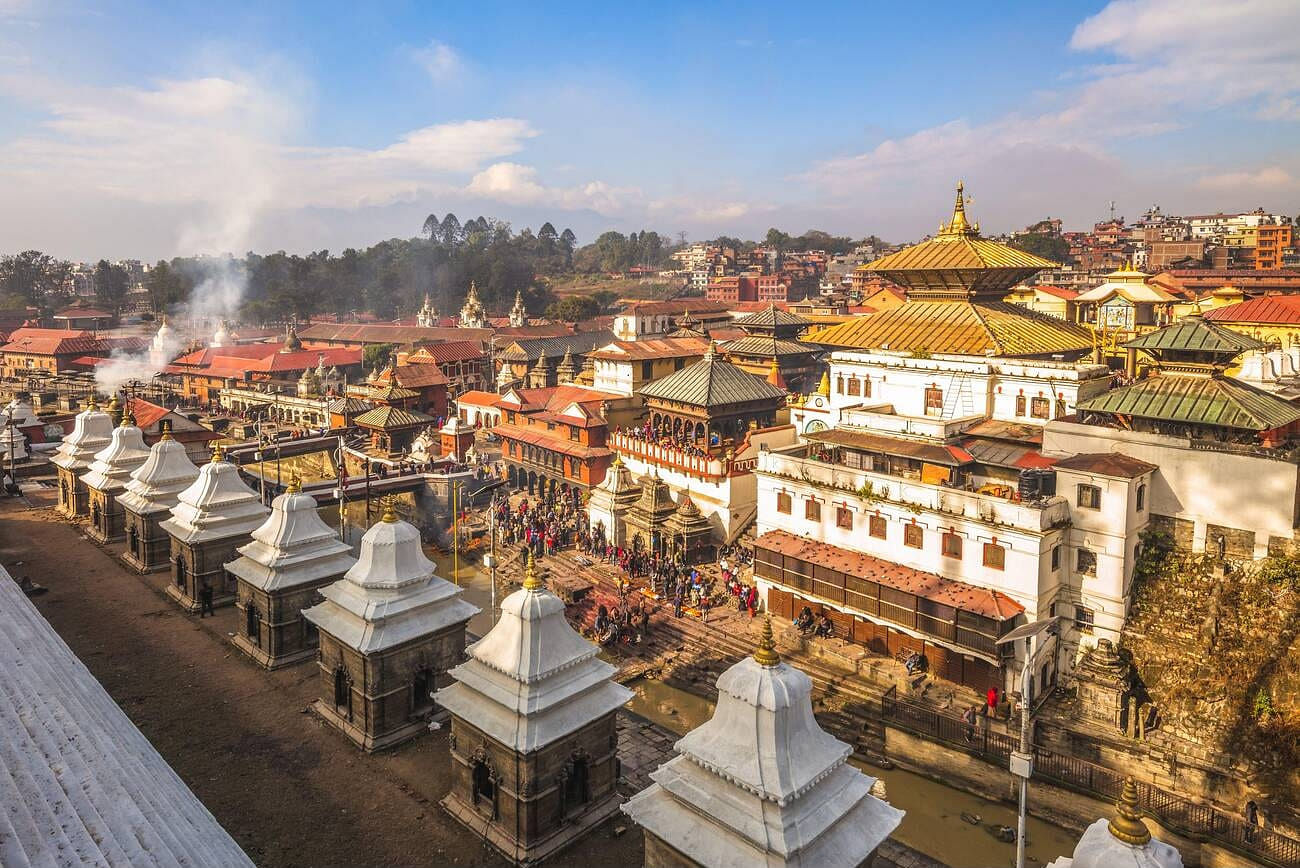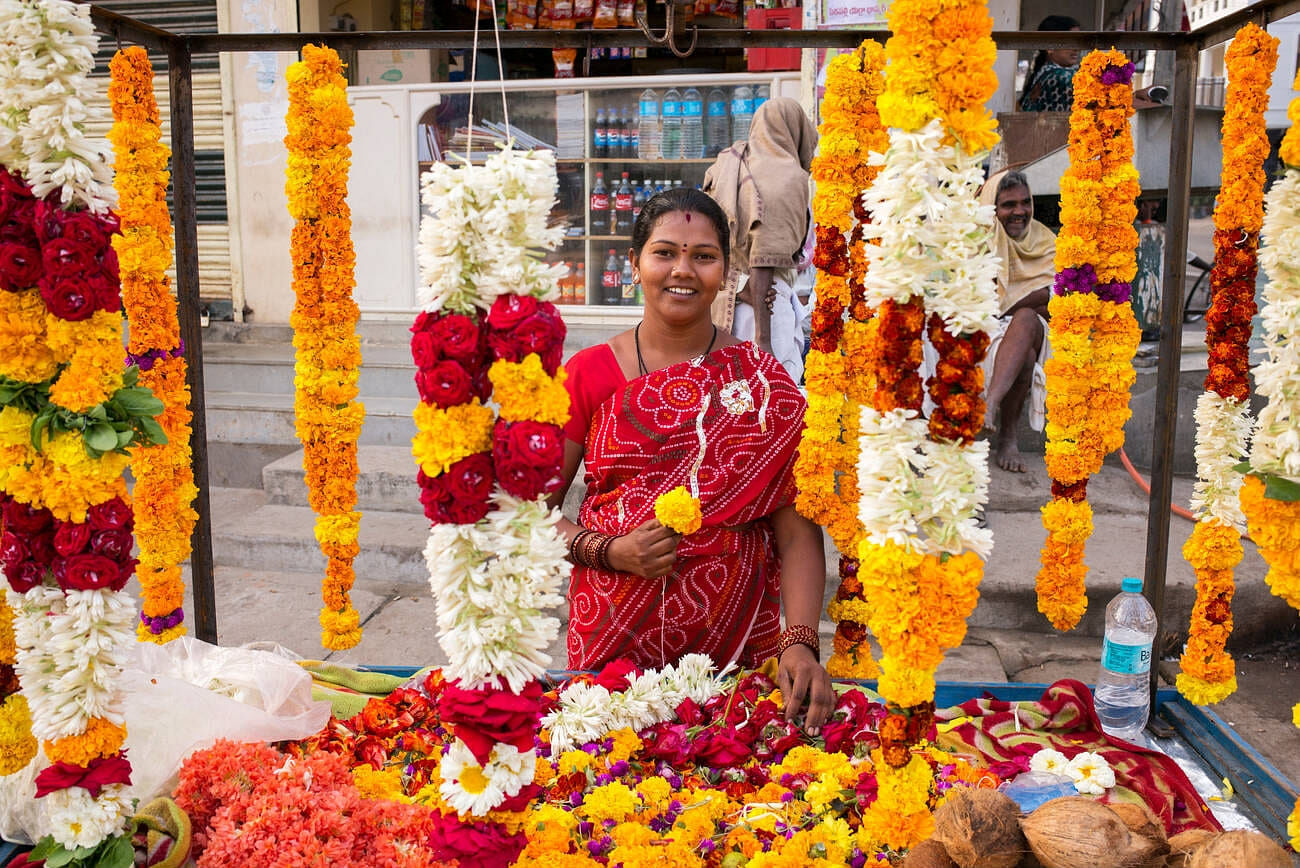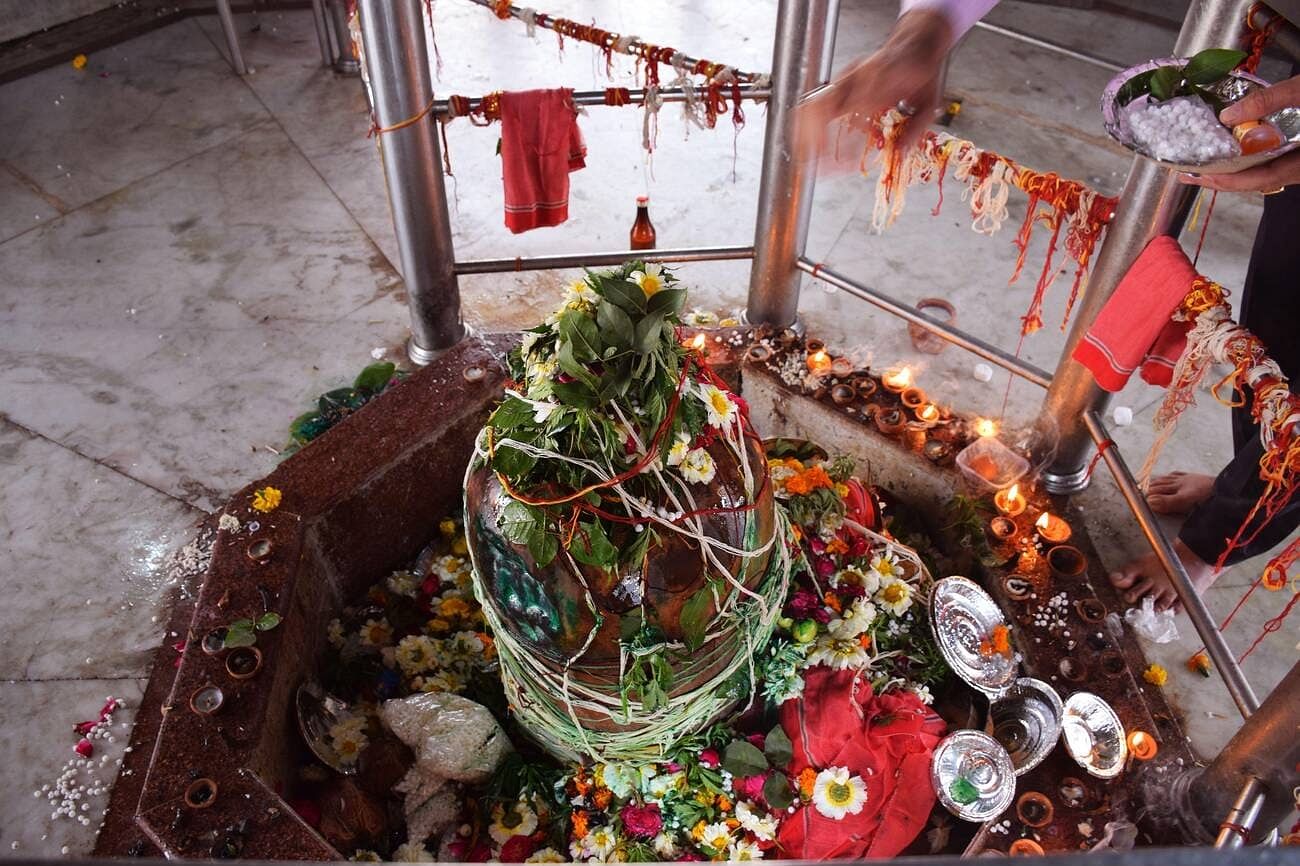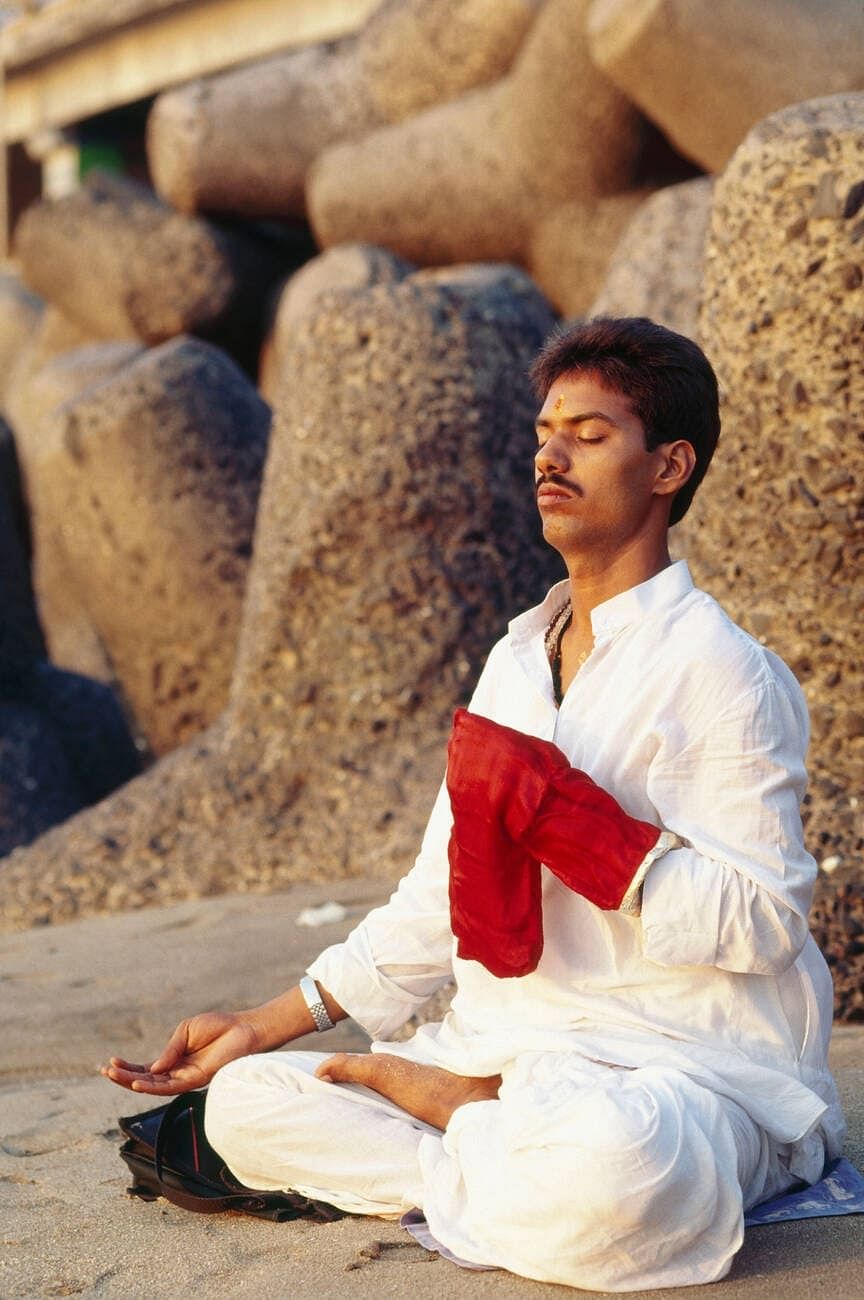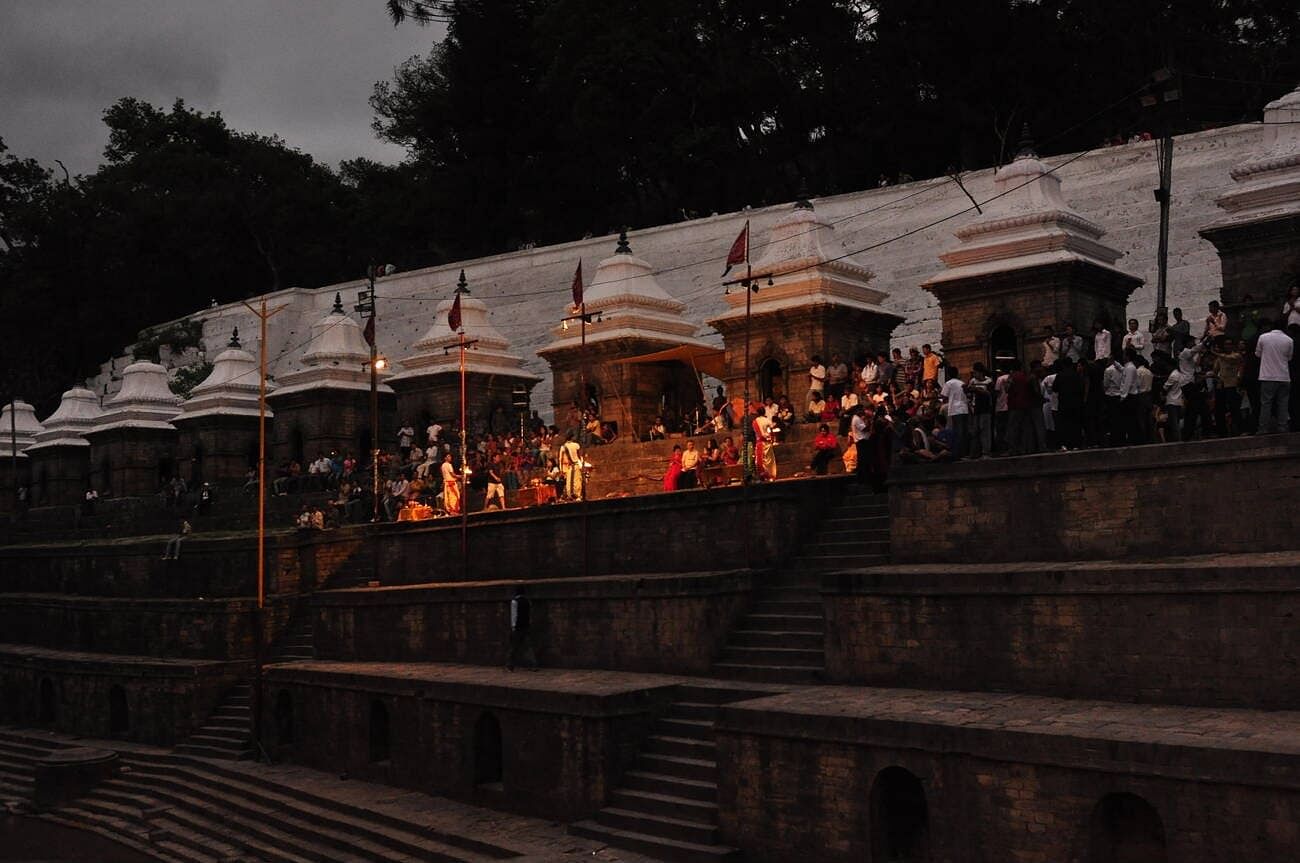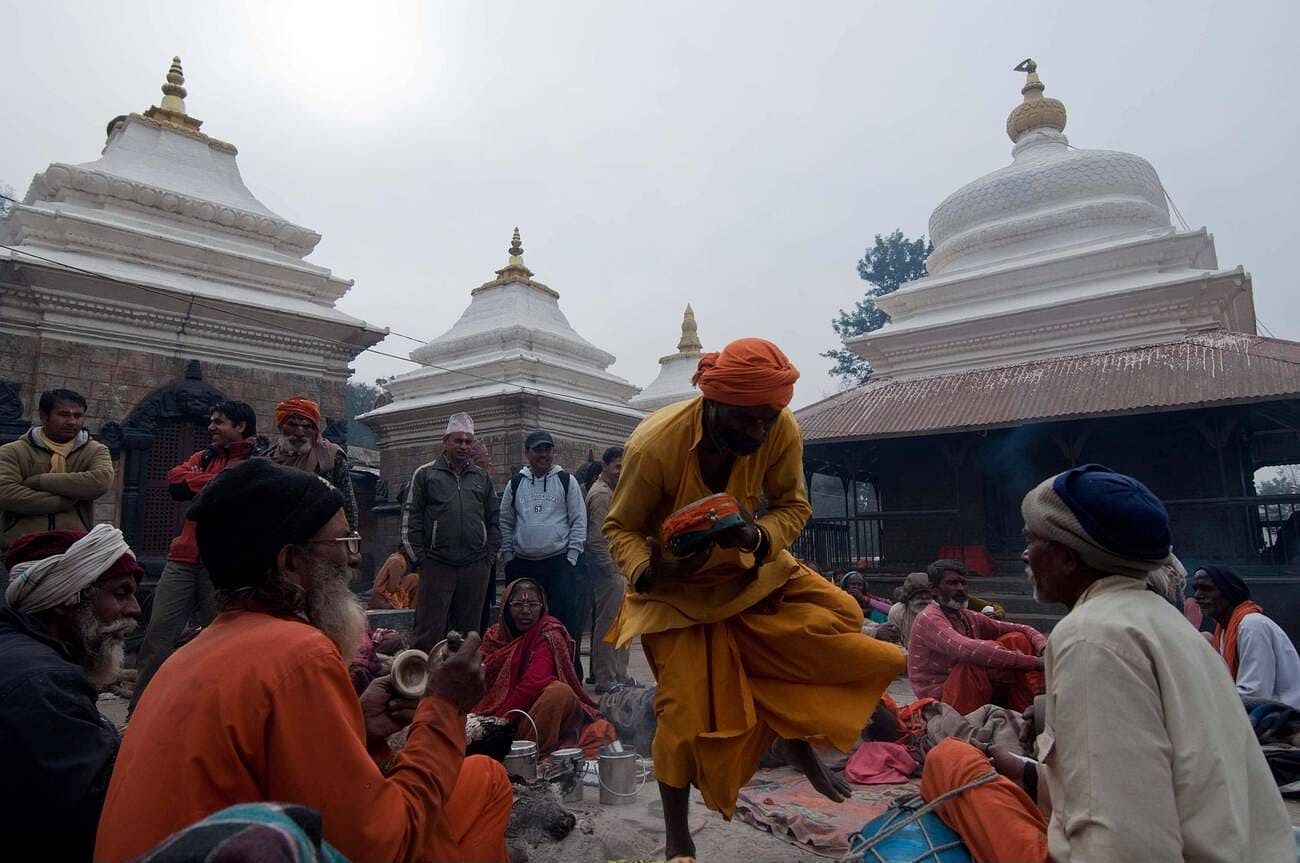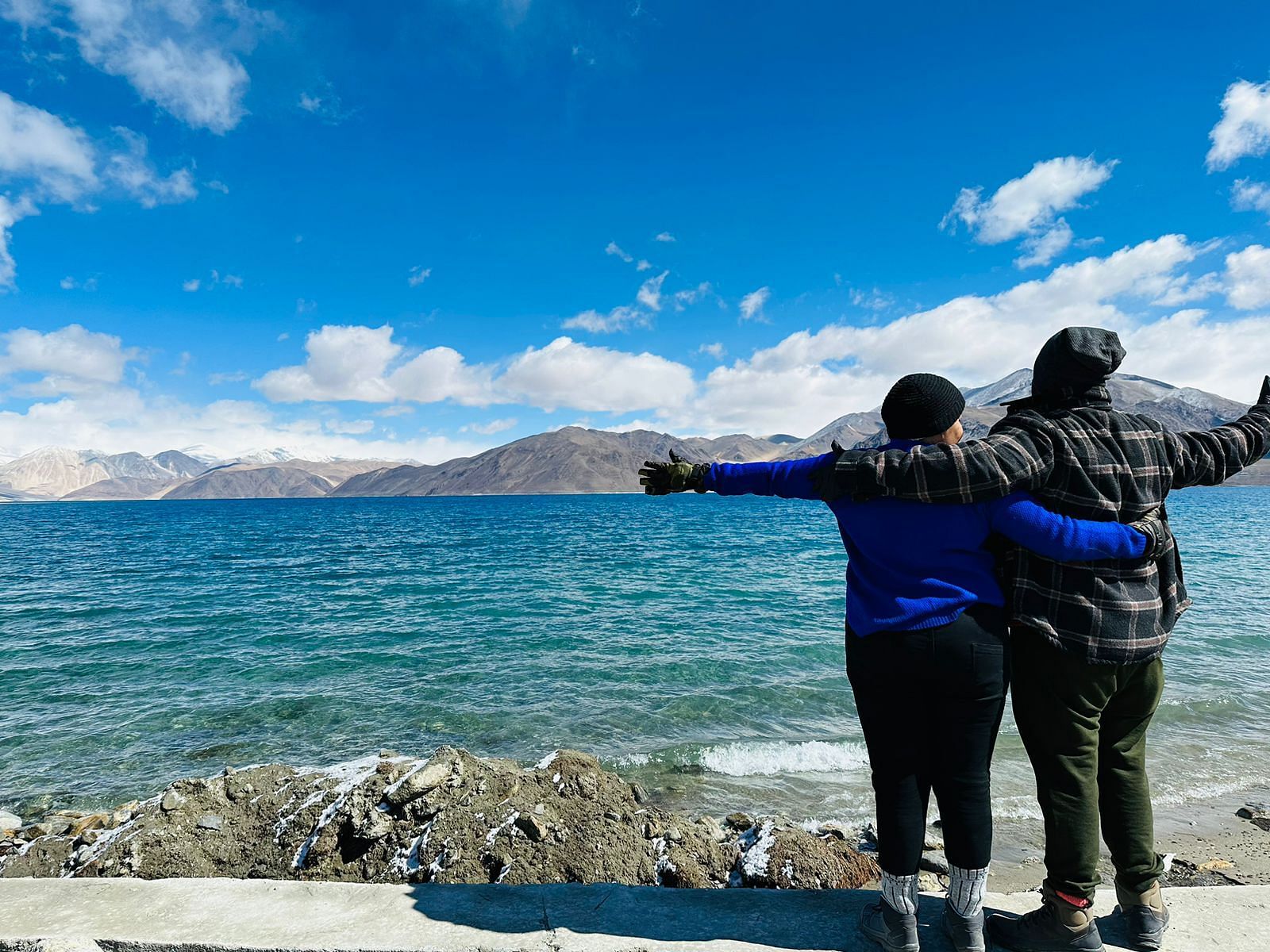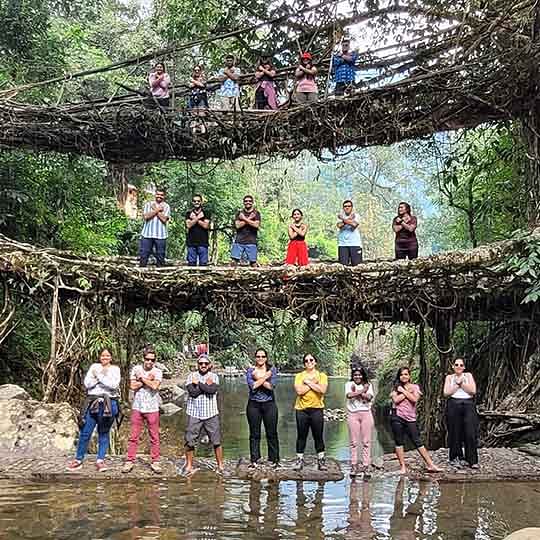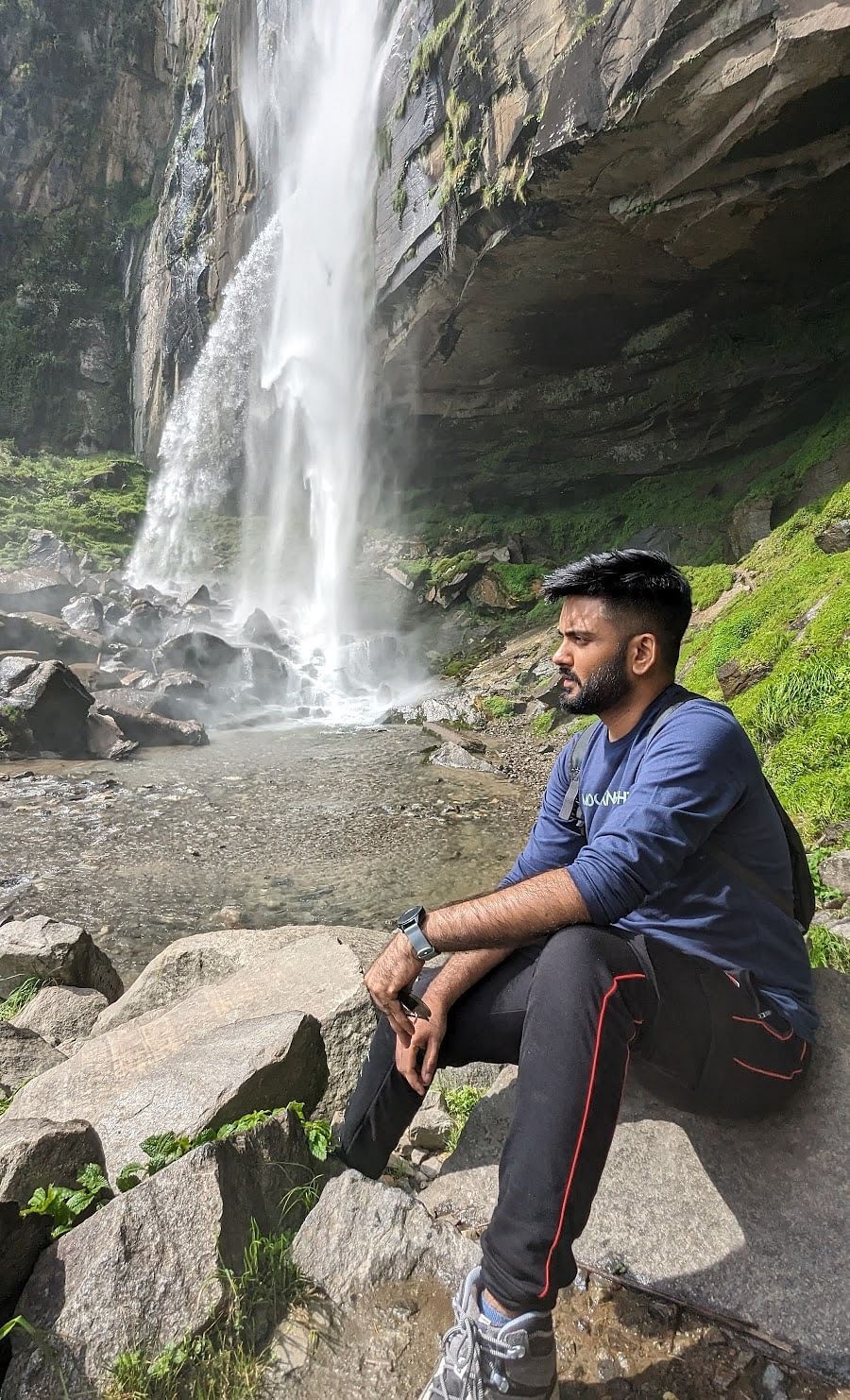Observance of How Maha Shivratri is Celebrated in Nepal is a tribute to the continued spiritual legacy of the Nepali people. The Hindu festival of Maha Shivratri is observed annually with great fervor and devotion and is rooted firmly in Nepalese culture.
How Maha Shivratri is Celebrated in Nepal shows the country's religious richness and spiritual diversity. It is observed as the "Great Night of Shiva" on the fourteenth day of the dark fortnight in the Hindu month of Phalguna. It is of utmost significance to the devotees of Lord Shiva. So, if you’re making plans to visit Nepal for your Maha Shivratri celebrations, consider reading this blog to learn how Maha Shivratri is celebrated in Nepal.
1. History and Importance of Maha Shivratri in Nepal
Maha Shivratri honors Lord Shiva and has its origins in ancient Hindu mythology. Let’s explain the history and significance of Maha Shivratri. The festival celebrates the marriage of Lord Shiva and Goddess Parvati, which represents the holy fusion of feminine and masculine energies. It is believed that on this day,
Lord Shiva performed the cosmic dance known as Tandava, on the holy Mount Kailash. Maha Shivratri is especially significant in Nepal since it is deeply rooted in the country’s culture. This divine dance depicts Lord Shiva’s constant presence and power by portraying the endless cycles of creation, preservation, and destruction.
Devotees pray for Lord Shiva’s divine blessing and direction in their lives by seeking his assistance through holy chants and rituals. Despite differences in religion, Maha Shivaratri in Nepal unites people from all ethnic groups in a spirit of love and unity.
Suggested Read: Around 500 Climbers Anticipated to Scale Mount Everest in Nepal
2. Pashupatinath Temple Celebrations
In the heart of Kathmandu, Pashupatinath Temple stands as a sacred beacon during How Maha Shivratri is Celebrated in Nepal. Pashupatinath Temple, one of Lord Shiva’s holiest temples, becomes crowded with local and other devotees. Pashupatinath Temple is the main attraction of the celebration of Maha Shivaratri in Nepal and welcomes pilgrims and devotees from all over the world to seek Lord Shiva’s blessings.
Throughout the day, the temple is filled with the sounds of devotion as the air is filled with the melodic chanting of Vedic hymns and the repetitive thumping of traditional drums. The whole temple is lit by the warm glow of oil lamps, and the evening’s main attraction is the captivating Mahashivaratri Jatra, or Shivratri parade, which makes its way through Kathmandu’s streets. Traditional music and energetic dances that flourish throughout the parade honor Lord Shiva’s greatness and mark the spirit of compassion and unity that binds all believers.
3. Preparations and Anticipations
Each aspect of Nepal’s life is filled with excitement in the weeks before the auspicious day of Maha Shivratri. Families get engaged in making all the preparations necessary to convert their houses into places of worship and joy. Cleaning rituals are performed to purify the environment and make a sacred area suitable for worship. Rangoli patterns decorate the front doors, bringing good fortune and happiness into the house.
When it comes to celebrating Maha Shivratri, spiritual preparation is just as important as physical preparations. Devotees set out on a path of meditation and purification to clean their hearts and thoughts. Fasting or “vrata” is practiced as an act of determination and spiritual discipline.
Markets overflow with vendors offering flowers, incense, and religious offerings like puja items. Artisans exhibit their skill by creating elaborate idols and decorative pieces of Lord Shiva that decorate homes and temples.
Suggested Read: 13 Best Places To Celebrate Mahashivratri
4. Special Offerings and Prayers
Offering Lord Shiva special sacrifices and prayers makes the celebration of Maha Shivaratri in Nepal complete. During Maha Shivratri in Nepal, Lord Shiva is often given milk, honey, yogurt, and ghee, which stand for wealth, energy, and cleanliness. It is said that by making these sacrifices with the greatest honesty and devotion, the god will be pleased and the devotee’s life and family will get his good blessings. The most important offering is the Bilva leaf or Bel Patra which has a unique meaning in Hindu mythology and is dear to Lord Shiva.
In addition, water is also offered as a sign of cleanliness and spiritual regeneration from Nepal’s holy rivers, including the Bagmati and the Ganges. It is thought that a devotee who really and passionately offers Lord Shiva Bilva leaves would get great benefits and fortune. At the feet of the divine devotees offer a variety of prayers based on profound respect and devotion.
5. Noticeable Rituals of Maha Shivratri
From the morning of the day of Maha Shivratri, devotees start doing their customs and rituals. The sound of ‘Om Namah Shivaya’, the holy chanting of Lord Shiva resonates in the air. Priests conduct lengthy ceremonies at temples devoted to Lord Shiva, calling upon the deity’s presence with holy chants and offerings. Holding offerings of fruits, flowers, and holy water, devotees wait patiently in line to be blessed by Lord Shiva.
A common practice is “rudra abhishek,” a complicated ceremony in which the lingam is purified using a variety of holy materials, such as yogurt, milk, and honey. Temples can be seen with bright oil lamps and cinnamon fragrance, creating a magical atmosphere of peace and holiness. Gathering around bonfires, devotees sing and tell stories in worship of Lord Shiva. How Maha Shivratri is Celebrated in Nepal unites communities across the nation and there is a sense of admiration and devotion throughout the night as devotees completely give themselves over to Lord Shiva’s heavenly presence.
Suggested Read: Exploring 10 Maha Shivratri Temples
Maha Shivratri in Nepal is a celebration of culture, art, and harmony among the people rather than only an occasion for worship. Nepal’s streets come alive with a rainbow of cultural events and performances both during the day and at night, exhibiting the wide range of the nation’s original heritage. The sounds of traditional instruments like the tabla, dholak, and damru fill the air.
Bhajans and kirtans, which are devotional songs, fill the air and beautiful melodies encourage believers to embrace Lord Shiva’s presence fully. Dance is a major component of the celebrations, with spectators entertained with beautiful classical performances as well as colorful folk dances.
7. Charity and Helping the Needy
Maha Shivratri celebrations Nepal also emphasize charity and service. Many devotees engage in acts of kindness, such as distributing food, clothes, and donations to the underprivileged. Several temples and organizations arrange free food stalls (bhandaras) where devotees receive prasad (sacred food).
Best temple to visit on Maha Shivratri in Nepal
Apart from Pashupatinath, several other temples across Nepal attract devotees during Maha Shivratri. Some of the Best temple to visit on Maha Shivratri in Nepal include:
- Doleshwor Mahadev Temple (Bhaktapur) – Known as the head of Kedarnath.
- Halesi Mahadev Temple (Khotang) – A sacred cave temple believed to be Lord Shiva’s hidden retreat.
- Dantakali Temple (Sunsari) – A significant site for Shiva devotees.
- Gokarneshwar Mahadev Temple (Kathmandu) – A revered Shiva temple with grand celebrations.
Each of these temples sees a surge of devotees, making Maha Shivratri in Nepal a nationwide event.
How Maha Shivratri is Celebrated in Nepal is a big spiritual celebration packed with devotion, rituals, and culture. Thousands of devotees travel to temples each year, fast, and chant prayers through the night to attain the blessings of Lord Shiva. The atmosphere is charged, particularly at the Pashupatinath Temple, which is the holiest pilgrimage spot, and hence the best temple to visit on Maha Shivratri in Nepal.
How Maha Shivratri is Celebrated in Nepal also involves lighting bonfires, meditating, and conducting religious rituals. Most of the devotees participate in acts of charity by distributing food and necessities to the poor. The festival is not only a religious festival but also a celebration of Nepal's heritage. Whether pilgrim or traveler, seeing Maha Shivratri celebrations Nepal is an experience to remember. The Shiva night is an evening of profound meditation, spiritual renewal, and godly favors for everyone.




